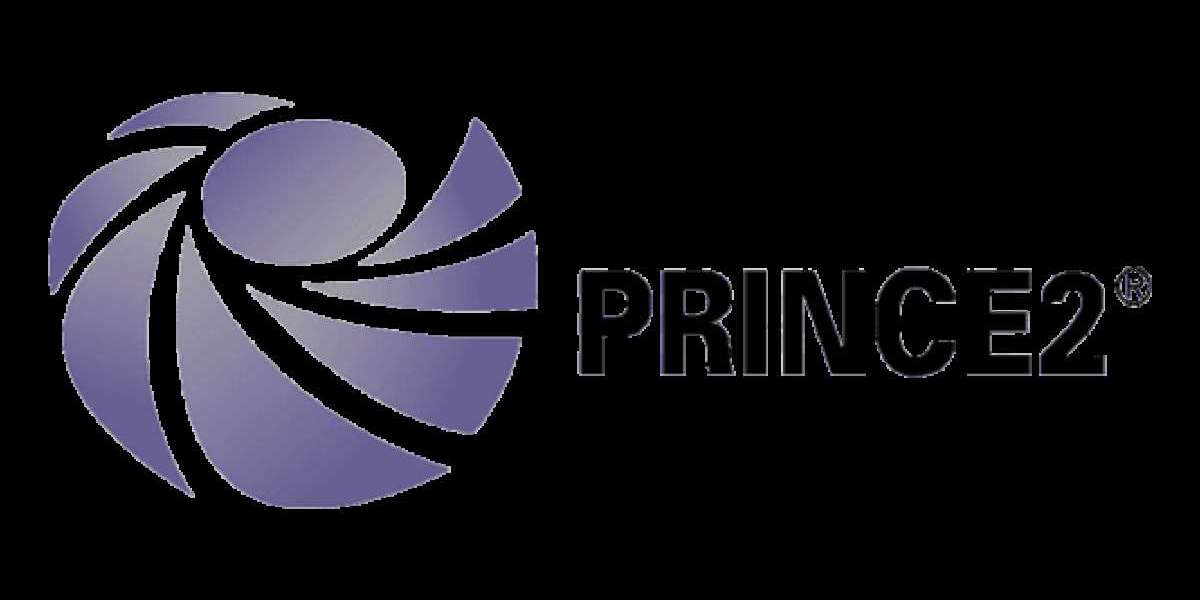PRINCE2 (Projects IN Controlled Environments), known for its structured project management approach, provides a robust foundation for risk management. However, as projects become more complex and interdependent, organizations need to go beyond the basics — embracing advanced risk management and resilience planning to ensure project success even under extreme uncertainty.
? Understanding Advanced Risk Management in PRINCE2
At its core, PRINCE2 defines risk as an uncertain event or set of events that, should they occur, will have an effect on the achievement of project objectives. While foundational PRINCE2 training covers standard risk identification and response processes, advanced practitioners dive deeper into strategic, proactive, and data-driven risk management.
Key elements include:
- Quantitative Risk Analysis
Instead of relying solely on qualitative assessments (like high, medium, or low impact), advanced PRINCE2 practitioners employ quantitative methods to evaluate risk probability and impact in financial or time-based terms.
- Monte Carlo simulations help forecast project outcomes under varying risk scenarios.
- Expected Monetary Value (EMV) analysis enables data-backed decision-making.
This numerical approach transforms risk management from subjective guesswork to measurable strategy.
- Dynamic Risk Registers
Traditional static risk registers often become outdated quickly. Advanced practitioners maintain live, evolving risk registers integrated with project performance dashboards.
This ensures:
- Continuous monitoring and updating of risks.
- Automatic alerts for threshold breaches.
- Transparent visibility across project teams and governance boards.
- Escalation Thresholds and Risk Appetite
Not all risks are created equal. PRINCE2’s concept of management by exception aligns perfectly with advanced risk governance.
By defining risk tolerances and escalation thresholds, organizations ensure:
- Teams can act within defined limits.
- Only critical deviations are escalated to higher management.
This keeps decision-making agile while maintaining control.
? Building Resilience into PRINCE2 Projects
While risk management focuses on prevention and mitigation, resilience planning prepares the organization to respond and recover quickly when risks materialize. It’s about ensuring the project continues to deliver value — even in disruption.
Key aspects of resilience planning include:
- Scenario Planning
Advanced project managers use what-if analysis to prepare for multiple potential futures.
Example: What if a vendor fails to deliver? What if regulatory changes delay approvals?
Scenario planning enables teams to design contingency plans that minimize downtime and keep projects on track.
- Business Continuity Integration
Integrating PRINCE2 with Business Continuity Management (BCM) ensures that the project’s critical functions are protected during crises.
This includes:
- Backup strategies for critical data and systems.
- Alternate suppliers or resource pools.
- Pre-approved emergency communication plans.
- Building a Risk-Aware Culture
Resilience is not just about processes — it’s about people.
Advanced PRINCE2 practitioners foster a risk-aware culture by:
- Encouraging open discussions on potential threats.
- Rewarding early risk identification.
- Training teams on adaptive decision-making under stress.
A resilient project team anticipates problems — it doesn’t just react to them.
? Integrating Technology into Risk and Resilience Management
Digital transformation has given project managers access to advanced tools that enhance PRINCE2 risk practices:
- AI-driven predictive analytics for forecasting emerging risks.
- Dashboards and data visualization for real-time risk tracking.






